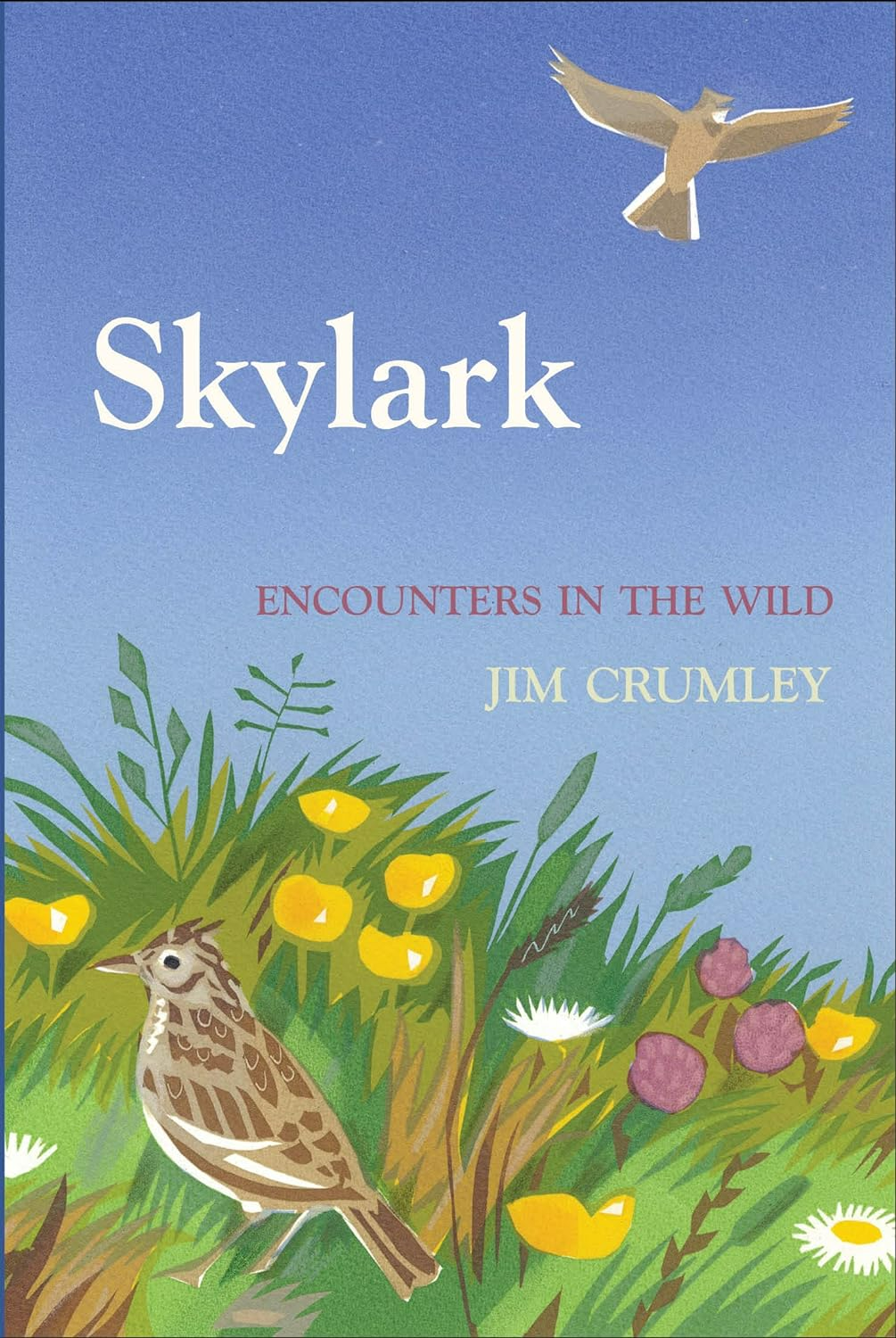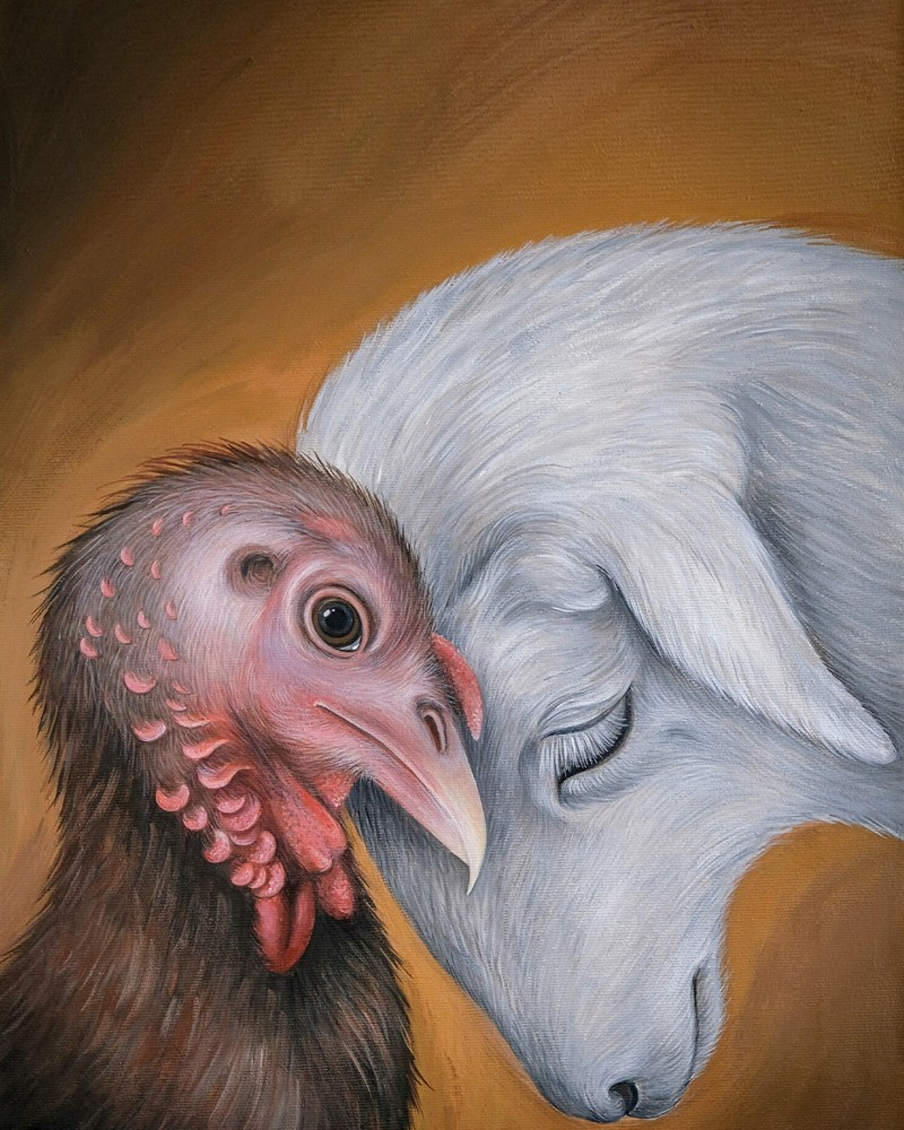How to Prevent Birds Nesting in Chimneys

Birds often choose chimneys as warm sheltered spaces to nest, safe from bad weather and predators. But nests can be dangerous for birds, as they can be a fire hazard, and nests can also block air flow to homes. Some birds are harmed if they fall from chimneys, and baby birds can fall from nests or get thrown out accidentally by parent birds, sometimes not near trees to relocate near the parents.
Don’t install insulation until you’re sure birds have moved on. For gas fires, you’ll need a qualified fitter to move your fireplace away from the chimney opening, to conduct any work.
It’s illegal to light fires if you know crows are nesting. Use a qualified sweep at summer’s end.
Signs of Birds Nesting in Chimneys
Birds leave plenty of hints when they take up residence inside chimneys.
- Droppings around the chimney base or inside the fireplace are a clear indicator. These can look like dark stains or dried splatters on your hearth or chimney bricks.
- Twigs, leaves, and feathers piled near the opening or tucked just inside the chimney cap. Or twigs, grass, leaves and hair falling into fire grates. Use gloves, if removing bird droppings.
- Chirping, fluttering or scratching sounds at dawn or dusk, often means nests are active. Sometimes you can see visible entry holes where birds are going in and out.
If you suspect birds but can’t see much, try shining a torch down the chimney while using a mirror angled towards the sides. This can help you spot nests in low light or hard to reach areas, without disturbing the birds too much.
Common Chimney Nesters

Certain birds prefer chimneys more than others because of the shelter and warmth they offer. Knowing which species you’re dealing with can help you understand their habits and how to handle the situation.
- Crows build large, messy nests with sturdy twigs, often early spring. They’re loud and easy to spot, but rarely nest deep inside chimneys.
- Owls favour chimneys in late winter and early spring. Their nests are lined with feathers, and much quieter.
- Swifts (that benefit from swift boxes and swift bricks) and starlings are smaller birds that like to squeeze into tight chimney gaps. Their nests tend to be smaller but can pile up quickly, often active through spring and summer. Starlings especially can be noisy and aggressive when nesting.
Best Times to Inspect
Birds are most active and noisy in the early morning or at dusk. Inspecting your chimney during these times improves your chances of spotting signs without disturbing them during the middle of the day.
After the first frost, birds often leave their nests for good, making this an ideal moment for a thorough inspection. Checking after cold weather also helps as any debris left behind is easier to spot and clear out, reducing the risk of blockage or fire hazards before you light a fire.
Using Chimney Cowls and Caps
Chimney cowls & caps can help prevent smoke blowing back into homes. Install correctly so oxygen can circulate. These covers act like a door, to let smoke out but keeps birds out.
Make sure your cowl fits well on your chimney top. A loose cowl could let birds slip in, or get damaged by wind. Check regularly for rust, damage or blockage from leaves. Cleaning yearly keeps it effective. Cowls also stop rain and reduce downdrafts.
Preventative Measures for Future Nesting
It’s nature for birds to make nests, so deterrence is more to keep them safe from falling and fires, and houses safe from fire risks. To deter crows from gardens (say if you have cats), keep food and rubbish sealed, and keep feline friends indoors at dawn and dusk.
Seal gaps and vent openings
Birds can squeeze through surprisingly small gaps, so check your chimney thoroughly for holes or openings beyond the main flue. Use steel wool to stuff small cracks; it’s flexible and hard for birds to pull apart. For larger spaces or cracks, apply a good-quality chimney sealant to block potential entrances.
Don’t forget to inspect roof flashing around your chimney base. Poorly fitted or damaged flashing can create gaps that birds spot easily. Fixing these tight spots also helps with waterproofing your roof.
A quick look over your chimney twice a year can save a lot of trouble later. Aim for one check in early spring, just before nesting season, and another in late autumn after birds leave. Any fresh gaps opening up, need seals. A short walk around or a visual scan with binoculars can help, if a full inspection is not safe or practical.
Post-Nest Cleaning Checklist
Once the birds have left your chimney, it’s important to act carefully and clean up properly. Leaving behind nests and debris can block airflow or even cause hazards like fires or mould. What’s more, chimneys often hold more grime and soot than we imagine, so a good clean and check-up make all the difference.
Before you start any cleaning, make sure the birds have definitely flown the coop for good. Once you’re sure the chimney is empty, here’s what to focus on:
- Remove debris: Pull out all twigs, feathers, leaves, and nesting material. These can block airflow.
- Clean the soot: Use a stiff brush or chimney broom to scrub away soot and creosote build-up (now illegal to buy) inside the flue.
- Inspect for damage: Look for cracks, loose bricks, or signs of wear. Bird nests sometimes trap moisture that can cause damage.
- Disinfect surfaces: Use a mild bird-safe disinfectant spray on the chimney opening and hearth to prevent germs or parasites left by birds. Rinse thoroughly to remove traces. And leave to dry.
Help Stray or Orphaned Nesting Birds
- Locate the nest: Look around carefully for the nest. Many times, a chick has simply fallen out but isn’t abandoned. The parents are nearby, while it is learning to fly. If you find the nest intact nearby, gently place the chick back inside.
- Assess if the chick is abandoned: Observe quietly from a distance for at least an hour without approaching. Parents often leave the nest briefly to find food. If no sign of a parent returns, intervention may be needed.
- Observe lone baby crows or ravens up to an hour, as parents are likely still nearby and feeding chicks. If not, place in a high tree, and observe. If the bird is injured or parents don’t return (or if the bird has few/no feathers so is too young to stay in tree), call local wildlife rescue.
- Keep the chick warm: If you need to take temporary care, place the chick in a small box lined with soft cloth. Keep it in a warm, quiet spot away from pets, children, and noise.
- Avoid feeding or giving water: Baby birds have very specific diets, and incorrect food or water can cause harm. Do not try to feed or hydrate the chick yourself.
- Some birds need professional help, especially if they’re injured, sick, or very young without a nest. Wildlife rehabilitation centres have the training and resources to care for birds properly.
- Limit handling: Handling stresses young birds. Keep contact brief and only if necessary to move the bird to safety.
Avoid Disturbing Active Nests
Birds nesting on your property are often protected by law, especially during the breeding and nesting season. Interfering with nests can disturb the eggs or chicks, causing stress or abandonment by the parents.
- Wait until fledging: Avoid work or maintenance around the chimney or nesting spots until the young birds have left the nest.
- Recognise legal protection: Disturbing active nests is illegal.
- Plan preventative work for off-season: Schedule chimney bird-proofing, cleaning, or repairs outside nesting months, usually late autumn or winter.






